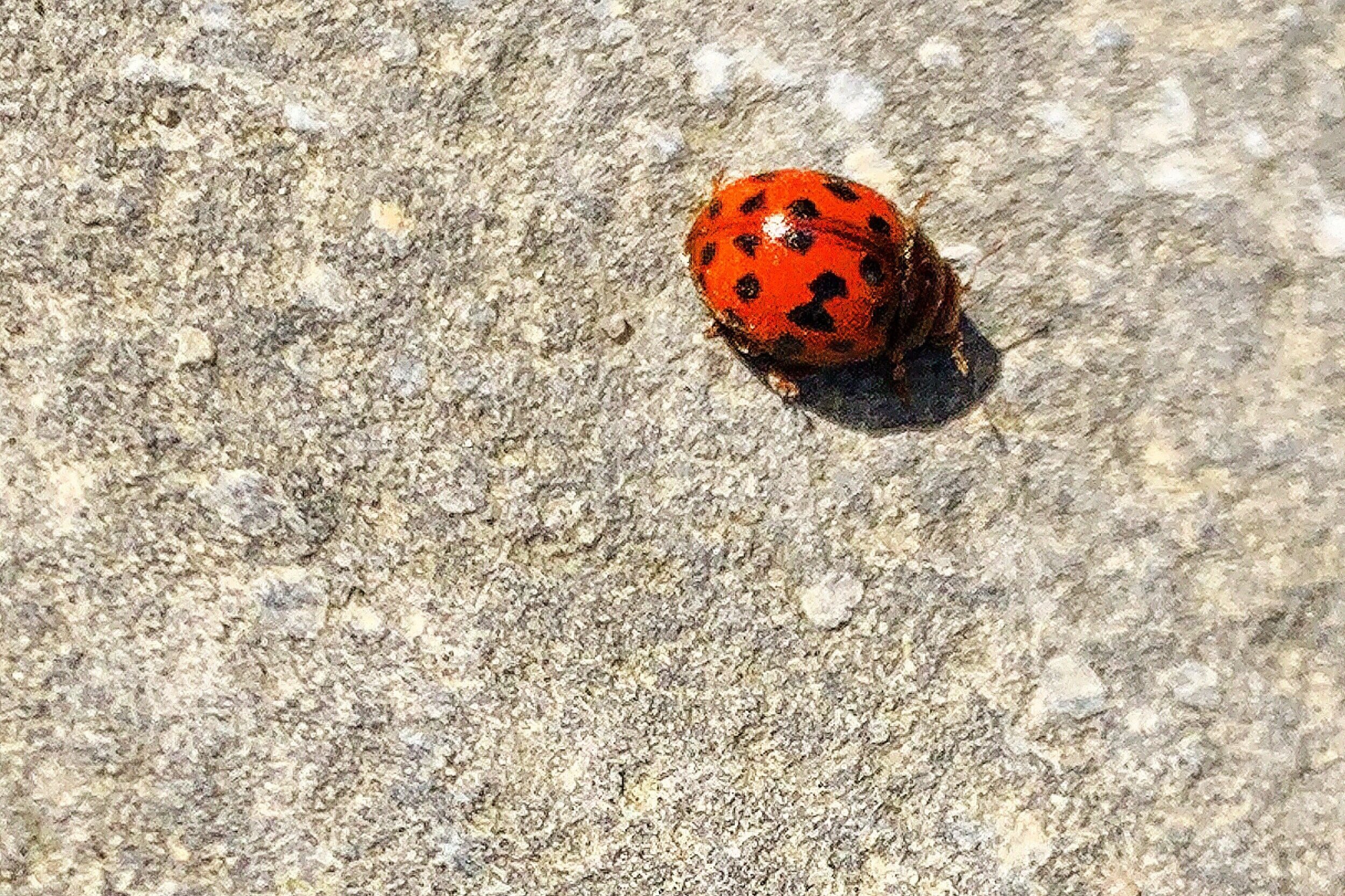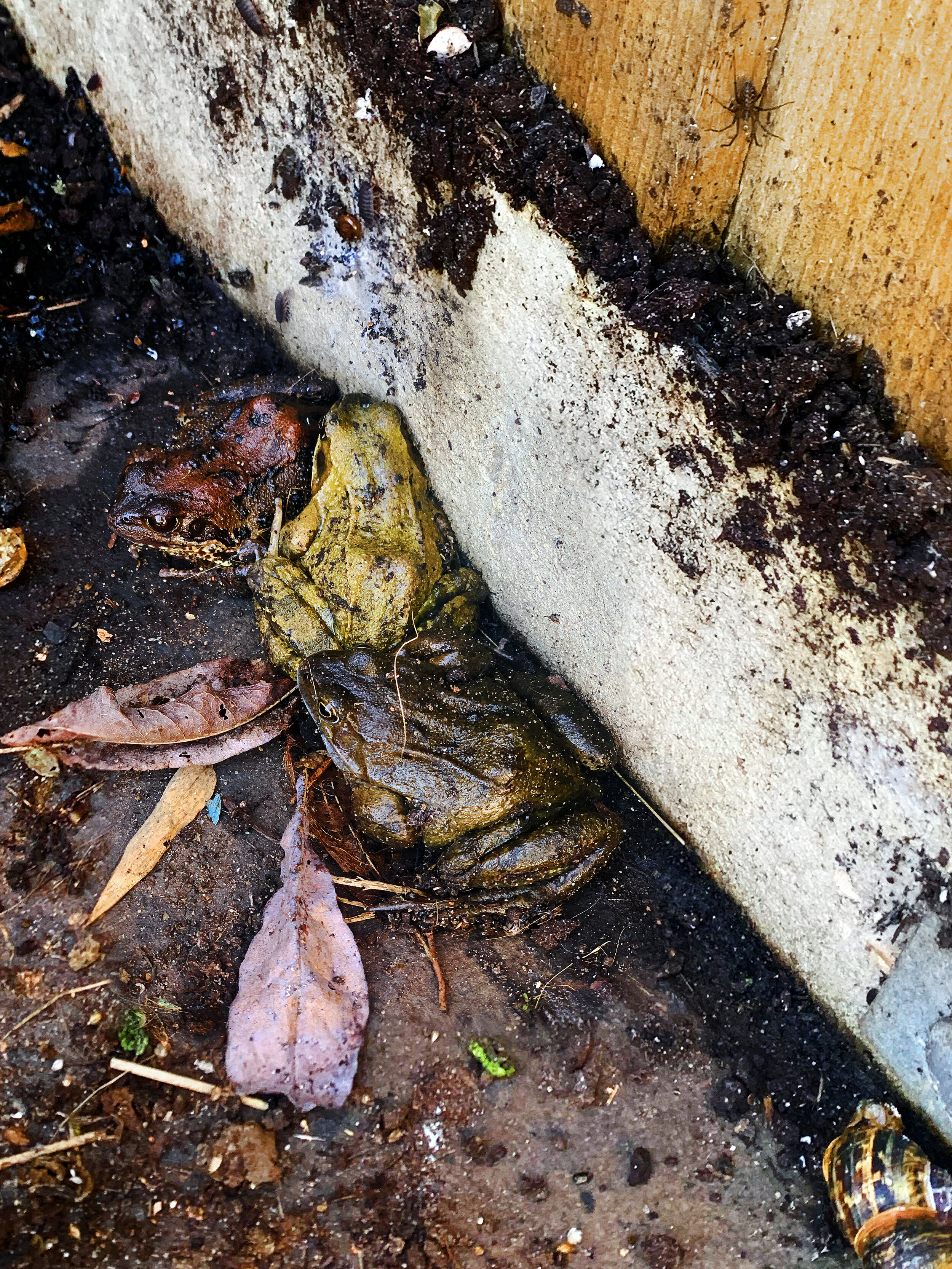Garden Creepy Crawleys
Hey guys! I wanted to bring you some more of my garden creepy crawley series because I really want to do a nature documentary and I am practising haha! So these are literally all taken on my iPhone so they’re for composition and to capture things, but I’m really enjoying them.
Have you been noticing weird animals and insects appear? Because I saw for the first time in my life a hummingbird moth, and this red spider wasp pictured above? Never in all my years of being in this garden as a kid, did I see anything like them so I’m excited about the new creatures popping up now the humans are chilling in lock down.
The RSPB shows some information about the hummingbird hawk moth here.
Hummingbird hawkmoths in the UK
In the British Isles they can be seen somewhere every year, and have been recorded in every county as far north as the Orkney and Shetland Islands. The numbers which reach our shores can vary greatly between years. The main season runs from June to September, with smaller numbers recorded throughout the rest of the year.
Hummingbird hawkmoth breeds regularly in the UK, and larvae have been found in most years in July and August. The favourite food plant is Galium (bedstraw) and Rubia (wild madder). The larva grows up to 60mm in length. It is very colourful with green or reddish brown body with white dots and dark, white and yellow stripes, black spiracles and a blue yellow-tipped horn.
The late summer peak in numbers is largely the result of emergence of locally raised moths. Even though the moths successfully breed in the UK, they are not able to survive the winter (in mild winters, small numbers may overwinter). Therefore, the continuing presence of this remarkable moth is dependent on the annual influx from southern France.
The hummingbird hawkmoth prefers to fly in bright sunlight, but it will also take to wing in dull weather, at dusk or dawn, and sometimes even at night. It is very strongly attracted to flowers that provide a plentiful supply of nectar, such as red valerian, honeysuckle, jasmine, Buddleia, lilac, Escallonia, petunia and phlox. It hovers in front of a flower, probes it repeatedly for nectar and then darts to the next flower. It has a remarkably good memory individuals return to the same flowerbeds every day at about the same time.









